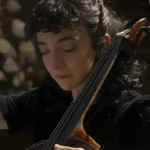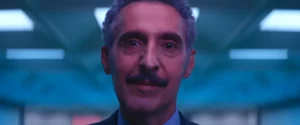Eulogy and the grief guided by technology
Eulogy, an episode from the seventh season of Black Mirror, begins with a delicate question:
what if it were possible to revisit memories not just to remember, but also to understand what was never said?
The story in Black Mirror follows Philip, an elderly and reclusive man, who receives an unexpected call from Eulogy, a company that specializes in immersive farewell experiences. This time, the contact comes from the daughter of Carol, a woman with whom Philip shared an intense relationship decades ago. With the intention of making her mother’s farewell more meaningful, she wishes to include fragments of memories from important people in Carol’s past.
Philip is invited to participate. His guide — an empathetic artificial intelligence — reassures him: he doesn’t have to say anything if he doesn’t want to. Instead, he only needs to connect to the neural device and allow the memories to lead the way at his own pace.
From this quiet gesture, an intimate journey begins, where technology and longing intertwine in unexpected ways. Soon enough, a forgotten detail resurfaces: a letter. More than an old object, it becomes a piece of the past capable of changing everything — and perhaps reveals that the separation between Philip and Carol wasn’t a choice, but the result of an unanswered moment.
The unexpected call
The story begins when Philip, an elderly and reclusive man, receives a surprising phone call.
On the other end, a representative from a company called Eulogy—specializing in immersive funeral experiences—delivers news of Carol’s passing, a woman with whom Philip had a deep relationship decades earlier.
An invitation to relive
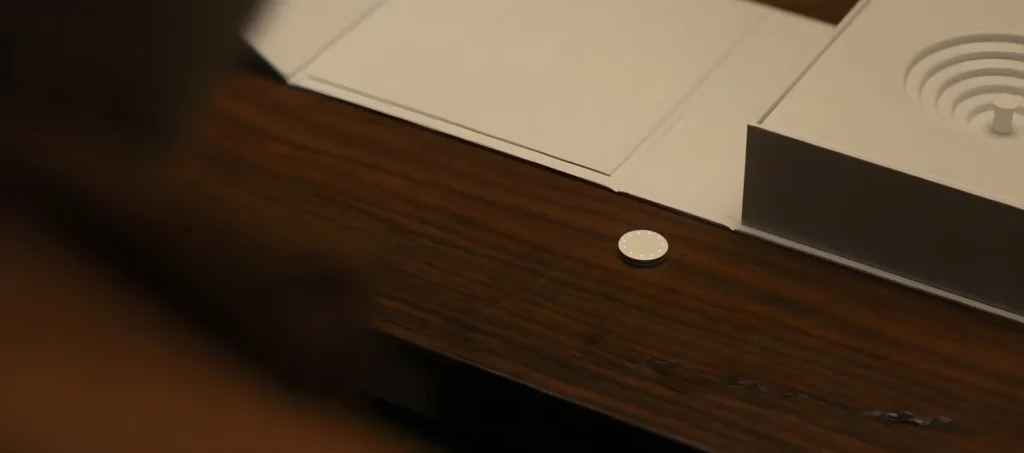
From the start, the proposal feels delicate. Carol’s daughter wishes to organize a meaningful farewell and include fragments of memories from people who played a role in her mother’s youth.
Eulogy invites Philip to take part—without having to say a single word. All he needs to do is authorize access to his memories through a neural device sent directly to his home. He can decide if and when to proceed.
Between technology and longing
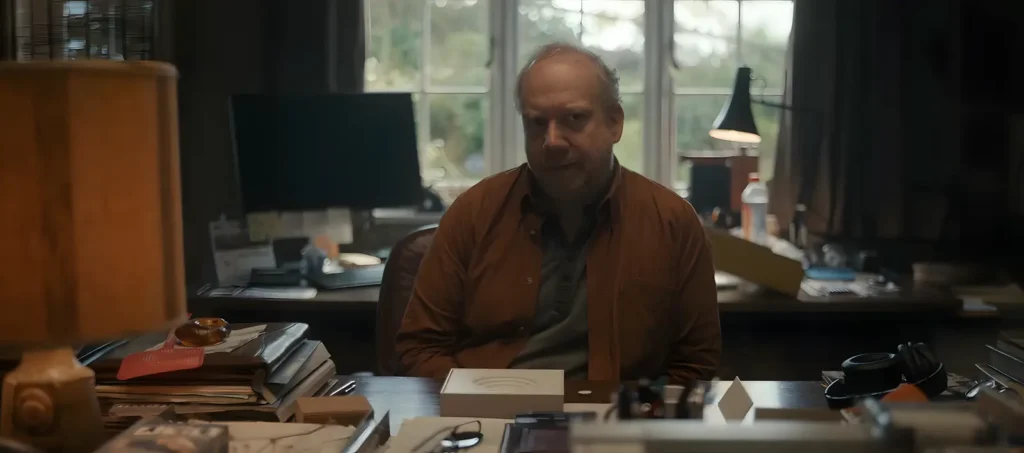
Thus begins an intimate journey where technology and longing intertwine in unexpected ways.
After he meets his guide, an empathetic AI designed to support him through the process, she suggests that he use photographs to help bring his memories into focus.
He then searches his home and finds an old box of photographs—images that act as portals to long-dormant memories. With the help of the AI, he dives into these images and reencounters scenes he thought were lost forever.
To remember—or reinterpret?
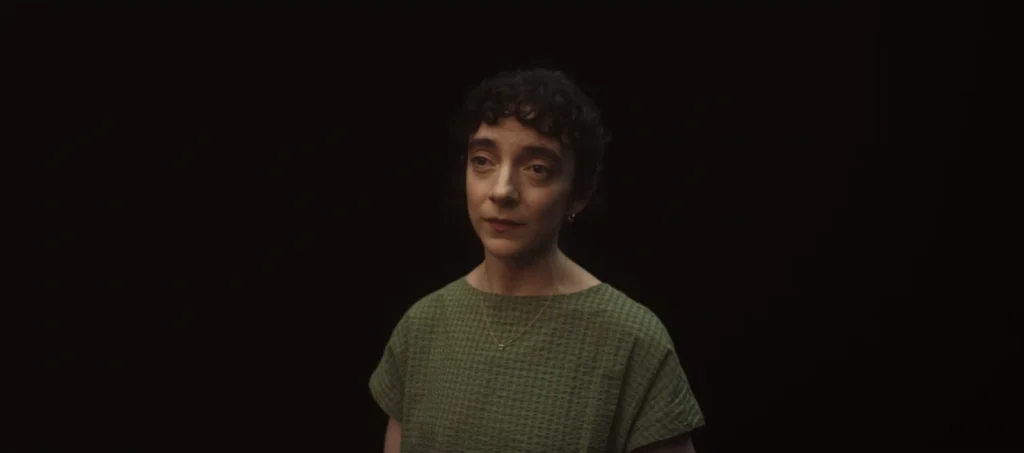
Yet, Eulogy’s proposal goes beyond simple recollection. The experience becomes an emotional reconstruction—not to show what happened, but how it was felt, perceived, and possibly misinterpreted.
As Philip revisits scenes with Carol, unresolved hurts, misunderstandings, jealousy, and regret begin to surface. All of this unfolds under the guidance of his new guide that surprisingly exhibits subtle traces of humanity—turning grief into something far more complex than a farewell.
A reunion with the past—and with what was forgotten
Returning to memories

Philip walks through the photos as though he’s walking through his own mind. As he gazes into each image provided by Eulogy, he doesn’t just recall a moment—he enters it.
The AI, appearing as a friendly and observant woman, calmly guides him through the process. She explains what she sees, asks questions, and offers perspectives he had never considered.
Contradictions revealed
These immersions take him back to pivotal moments in his relationship with Carol—alongside the confusing emotions that marked that time. He recalls a night at a bar when a man approached Carol. Philip felt betrayed. But revisiting the moment with his virtual companion, he notices Carol’s discomfort—and remembers that, later that same night, he himself approached another woman.
Memories start to reorganize. The guide reveals that Philip was the one who cheated on Carol—and that she found out by accident, calling him and hearing another woman (Emma) pick up the phone.
From there, the pieces of the past begin to shift.
The forgotten letter
This process culminates in a seemingly lost object: a letter Carol wrote after the fight that ended their relationship. Philip insists he never received it. But with the AI’s help, he identifies the letter in an old photograph developed from his vintage camera. Then he finds the actual letter at home, still intact.
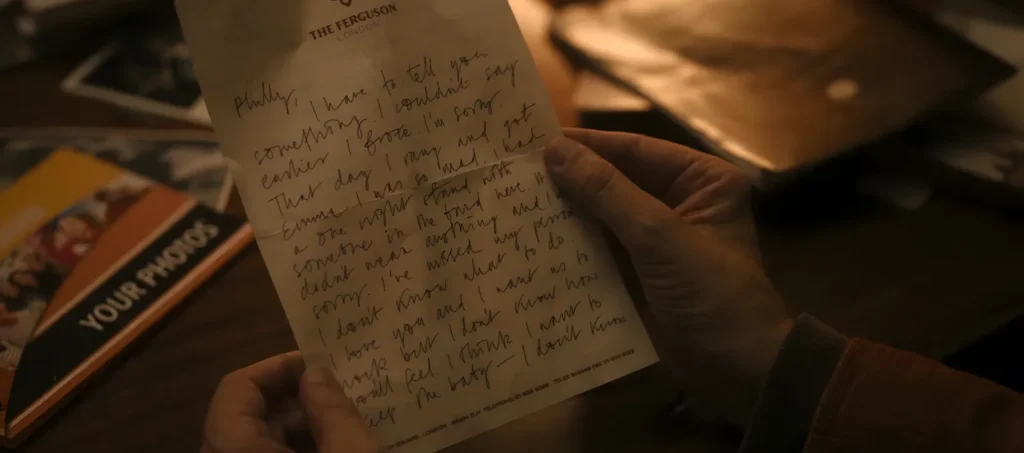
In it, Carol confesses that after Philip’s betrayal, she had a casual encounter with another man. She says she was probably pregnant—but still loved him. And if he still wanted her, she would marry him.
Philip never replied to the letter
This is the turning point: Philip doesn’t just relive the past—he realizes that their permanent separation came not from a conscious decision, but from his silence. A silence he caused, unknowingly.
Kelly’s mediation
Amid this emotional reconstruction, Philip discovers something that changes everything: his guide was created from the thoughts of Carol’s daughter, Kelly. She designed the digital guide so she wouldn’t have to face the situation herself.
This revelation reshapes the experience. Kelly’s AI doesn’t merely retrieve memories—it offers a filtered version of the story through the daughter’s perception. The past isn’t revisited as it was, but as someone wishes it to be understood.
It’s an emotional reconstruction—but also an indirect one. Philip doesn’t speak with Carol, or even with her daughter. He’s guided by a presence that represents someone who, though well-meaning, never lived those memories firsthand.
This adds a delicate layer: is Philip accessing the truth—or a projection carefully crafted to comfort, redeem, and preserve?
The guide doesn’t lie. But she interprets. And in doing so, she shapes how Philip feels, understands, and ultimately forgives himself.
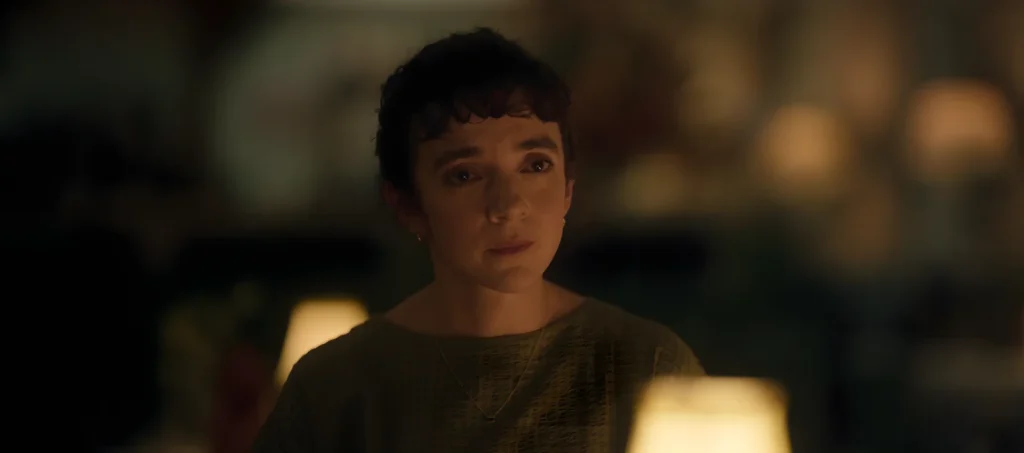
Emotional truth or projected reconstruction?
As he relives significant moments with Carol, Philip realizes that his memories aren’t just reactivated—they’re reframed. The guide leads him with empathy but also with a clear goal: to help Carol’s daughter understand who her mother was—and to give Philip a chance at emotional redemption.
In this process, the past is rebuilt like a mosaic of memories, impressions, and silences. Every photo explored reveals something new—not just about Carol, but about Philip and the way he chose to interpret his experiences.
His artificial guide reveals nuances, but there’s no guarantee everything happened as presented.
The real question isn’t whether the memories are true or false. What matters is whether this version of the past is enough to fill the emotional void left by decades of separation.
Philip isn’t guided by objective facts—but by mediated emotions. And maybe that’s what allows him to confront what once felt unbearable.
The reconstruction doesn’t seek accuracy. It seeks meaning.
This is where Eulogy Black Mirror shines: by showing that for someone who has lived with regret for so long, comfort can emerge—even through uncertain means—as long as it brings forth what remained unspoken for a lifetime.
Eulogy and the power of posthumous reconciliation in Black Mirror
When Philip finally finds Carol’s letter, something breaks—and something mends. The certainty that she had abandoned him gives way to the realization that their rupture was born from silence, not rejection. For the first time, he reads what she tried to tell him back then: that she loved him, that she was pregnant, and that she would still marry him—if he wanted her.
This revelation, buried for decades, changes everything. In that moment, he feels ready to view the final photo—accompanied by a piece of music Carol had recorded for him many years ago. The image he couldn’t mentally access until then finally takes shape: Carol, playing the cello, serene. A face time had erased, now vividly restored.
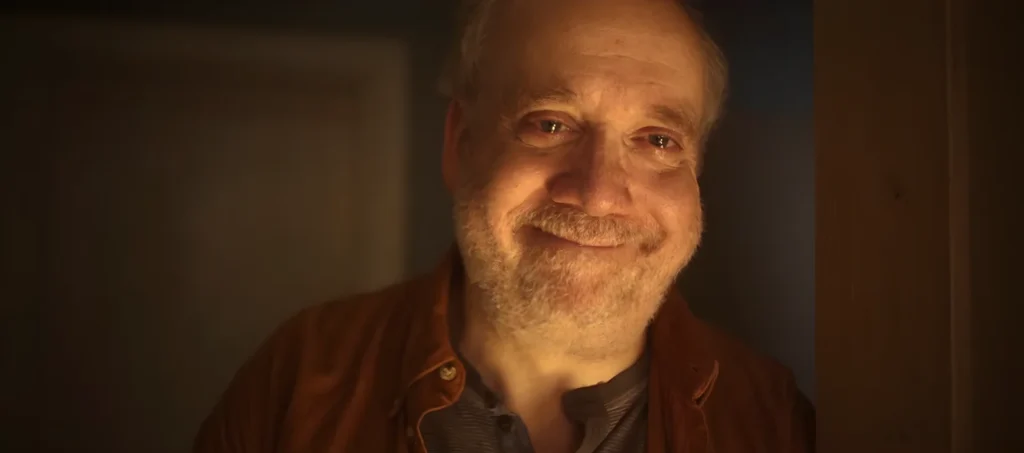

The final scene bridges past and present. At the immersive funeral, Philip watches Carol’s daughter play the same music, on the same instrument. His memory guide is no longer there—but what she built remains: a reunion, even if delayed; an answer that didn’t arrive on time, but still matters.
Eulogy doesn’t offer full closure. It doesn’t rewrite the story. But it offers something rare: a chance to revisit what was left unfinished—and shape a farewell that was never possible before.

Why Eulogy is one of Black Mirror’s most heartfelt episodes
Eulogy breaks away from Black Mirror’s usual format, where technology is often a threat or a dark irony of progress.
Here, it functions as a quiet resource. It doesn’t dominate the story—it enables a deeply human process: confronting grief, guilt, and memory.
The episode doesn’t seek to shock, nor to impress with futuristic innovations. Instead, it offers something more intimate: using technology as a bridge between who we were, what we remember—and what we couldn’t say while alive.
There are no direct judgments. Just a man trying to understand a long-held silence—and an AI trying to make space for it to be heard.
That’s why Eulogy resonates.
It’s not just about reconnecting with someone who passed—but with the parts of ourselves that time, pain, and pride made us forget.
When silence still holds something
Some stories aren’t told to be closed. They’re told so we can feel again.
If Eulogy touched you in any way—or brought back memories, questions, or absences—perhaps other posts can accompany you a bit further.
At Sinapse Diária, technology, time, pain, and consciousness also take shape. And perhaps they’ll echo something you carry within.
Explore more reflections on memory, identity, and what makes us human.
Post updated on April 23, 2025 to reflect new interpretations and data inclusion.
